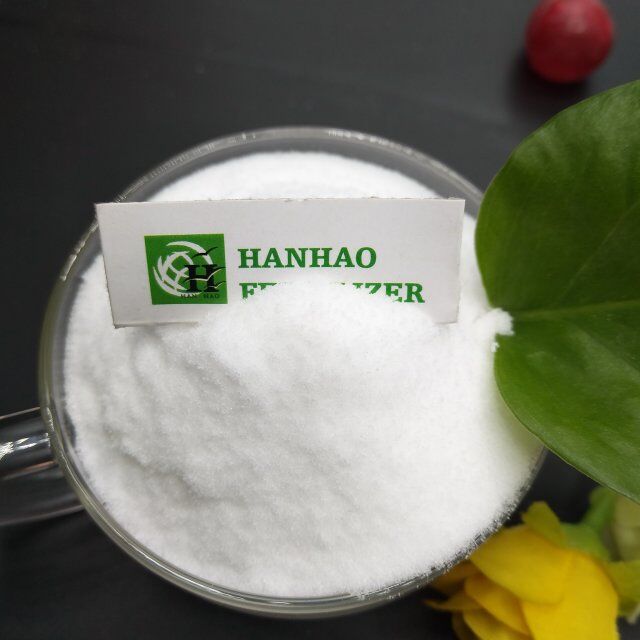
Oct . 22, 2024 02:01 Back to list
NPK Fertilizer Analysis for Optimal Plant Growth 13-40-13 Ratio Benefits
Understanding NPK 13-40-13 Fertilizer A Comprehensive Guide
The agricultural industry relies heavily on fertilizer for optimal crop growth and yield. Among various fertilizers available, NPK 13-40-13 stands out due to its specific nutrient composition and application benefits. In this article, we will explore what NPK 13-40-13 fertilizer is, its nutrient components, benefits, application methods, and best practices for optimal results in crop production.
What is NPK Fertilizer?
NPK fertilizer is a balanced mix of three essential nutrients nitrogen (N), phosphorus (P), and potassium (K). Each nutrient plays a crucial role in plant growth. The numbers before the hyphens indicate the percentage of each nutrient in the fertilizer. In the case of NPK 13-40-13, it contains 13% nitrogen, 40% phosphorus, and 13% potassium.
Breakdown of Nutrients
1. Nitrogen (N) At 13%, nitrogen is vital for plant growth as it contributes to the synthesis of proteins and enzymes. It promotes leafy growth, making plants lush and green. Nitrogen is especially important in the vegetative stage of plant development.
2. Phosphorus (P) With a whopping 40% phosphorus content, NPK 13-40-13 is particularly beneficial during the flowering and fruiting stages of plant growth. Phosphorus is essential for root development, seed formation, and energy transfer within the plant. This high level of phosphorus makes this fertilizer ideal for flowering plants and crops that require substantial root growth.
3. Potassium (K) The 13% potassium in the mix helps with overall plant health, improving resistance to disease and enhancing water regulation. Potassium also plays a critical role in photosynthesis, nutrient absorption, and the synthesis of plant sugars, contributing to overall crop quality.
Benefits of NPK 13-40-13 Fertilizer
1. Improved Root and Flower Development Due to its high phosphorus content, NPK 13-40-13 fosters strong root systems and encourages flowering, making it an excellent choice for flowering plants and crops such as tomatoes, berries, and peppers.
2. Enhanced Nutrient Uptake The balanced ratio of nitrogen, phosphorus, and potassium helps improve the plant's capability to absorb nutrients from the soil, leading to healthier plants and higher yields.
3. Tailored for Specific Crops This specific formulation is ideal for crops that require a significant boost in phosphorus during critical growth stages, making it an excellent choice for horticulture and specialized agriculture.
npk fertilizer 13 40 13

4. Increased Crop Yields By supplying essential nutrients in the right proportions, NPK 13-40-13 can significantly increase crop yields, ensuring farmers achieve optimal production levels.
Application Methods
When applying NPK 13-40-13 fertilizer, it is essential to follow recommended guidelines to avoid issues related to over-fertilization, which can harm plants and disrupt soil health. Here are some application methods
1. Soil Application This method involves mixing the fertilizer into the soil before planting. It is effective for establishing nutrient levels in the growing medium and ensuring maximum absorption by the roots.
2. Side Dressing For established crops, applying the fertilizer as a side dressing can provide additional nutrients during crucial growth stages. This method helps in promoting flowering and fruit development when the plants need it most.
3. Foliar Feeding While mostly used for other types of fertilizers, applying NPK 13-40-13 as a foliar spray may benefit certain plants, especially if nutrients are rapidly required and soil uptake is delayed.
Best Practices
1. Soil Testing Before applying NPK 13-40-13, conduct a soil test to determine existing nutrient levels. This can help tailor your fertilizer application to crop needs.
2. Follow Guidelines Always adhere to application rates suggested by manufacturers or agricultural extension services to minimize environmental impact and optimize plant health.
3. Monitor Plant Responses Keep track of how your plants respond to the fertilizer application. Adjust your fertilization strategy based on growth performance and visible signs of nutrient deficiencies.
Conclusion
NPK 13-40-13 fertilizer offers an effective nutrient solution for growers seeking to improve crop yield and quality. Its unique nutrient formulation makes it suitable for specific crops, particularly during key growth stages. By understanding and implementing best practices for application, farmers can utilize this fertilizer to enhance productivity and achieve sustainable agricultural success.
-
10-10-10 Organic Fertilizer - Balanced NPK Formula
NewsAug.02,2025
-
Premium Organic Manure Compost for Eco Gardens
NewsAug.01,2025
-
Organic 10-10-10 Fertilizer | Balanced Plant Nutrients
NewsJul.31,2025
-
Premium Amino Acid Fertilizer | Rapid Plant Growth Booster
NewsJul.31,2025
-
10 10 10 Fertilizer Organic—Balanced NPK for All Plants
NewsJul.30,2025
-
Premium 10 10 10 Fertilizer Organic for Balanced Plant Growth
NewsJul.29,2025
